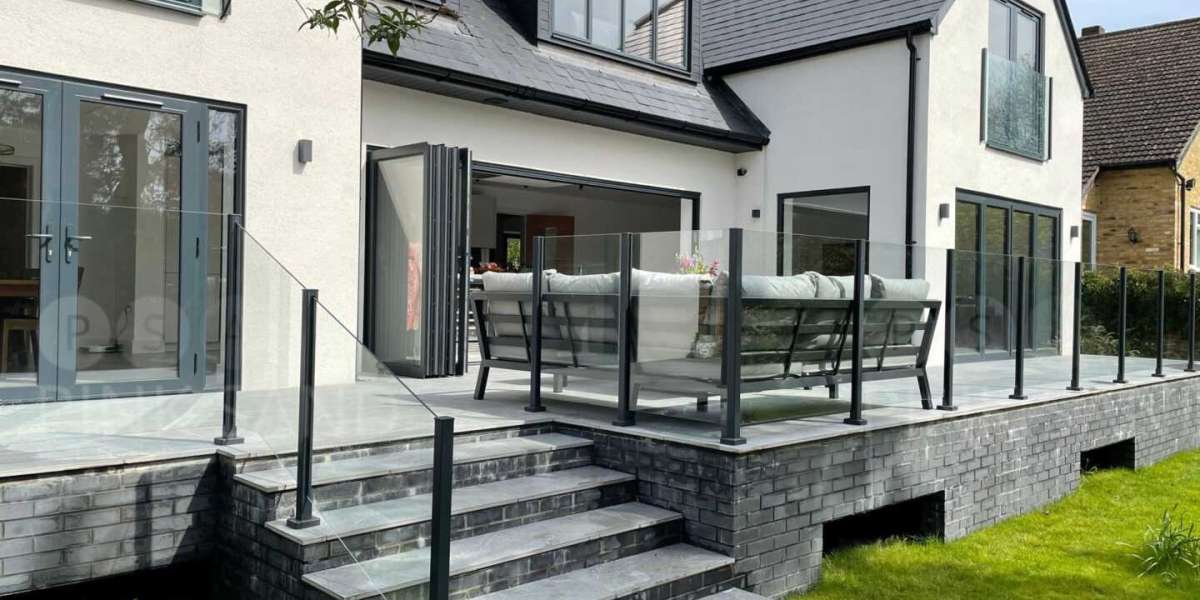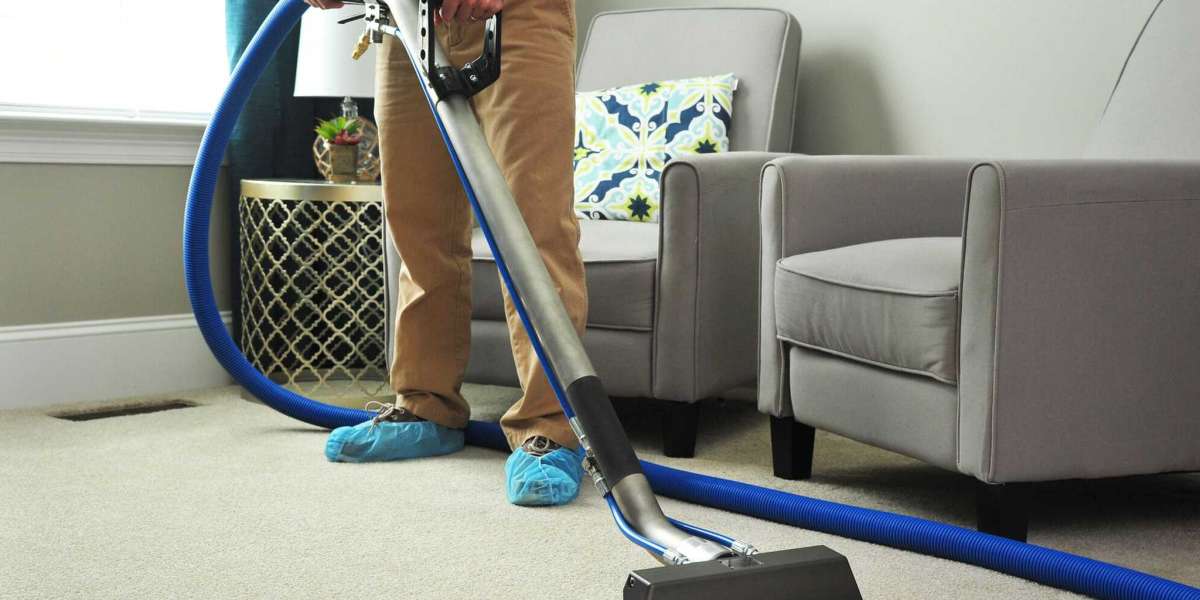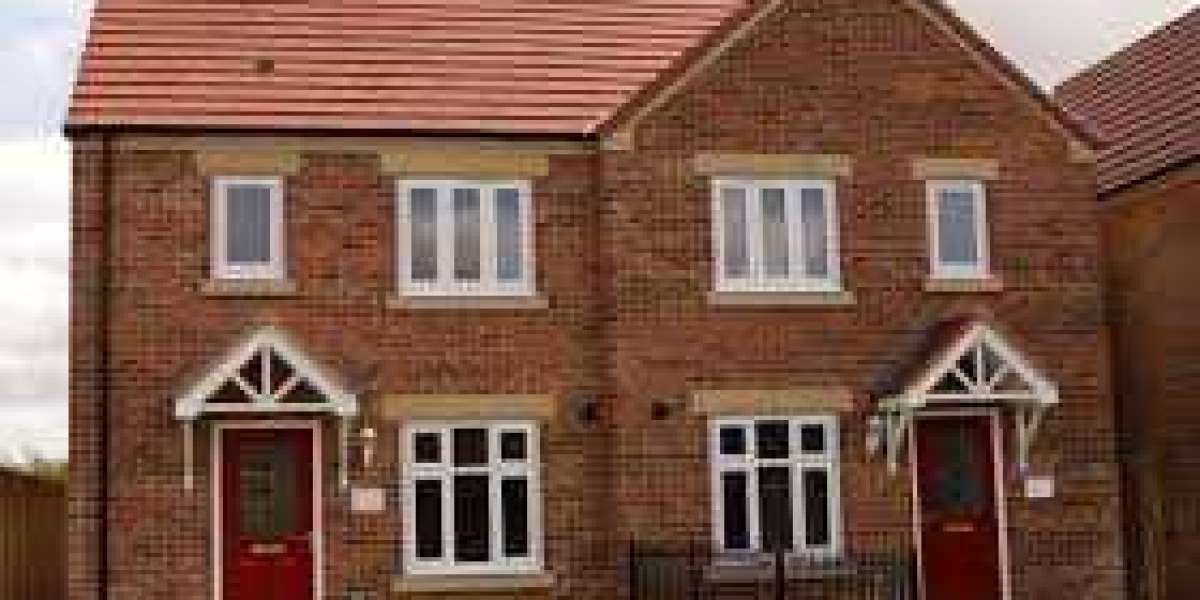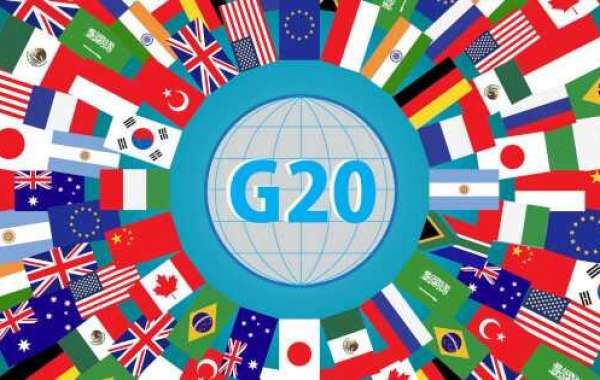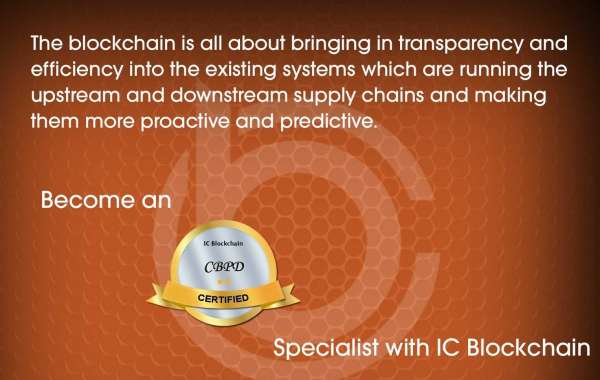UPVC (Unplasticized Polyvinyl Chloride) windows have gained immense popularity in modern architecture due to their robust properties, energy efficiency, and low maintenance requirements. This article explores the composition, advantages, applications, and future trends associated with UPVC windows, providing a comprehensive overview for architects, builders, and homeowners.
Composition and Properties of UPVC
UPVC is a rigid form of polyvinyl chloride that does not contain plasticizers, which makes it more stable and durable than regular PVC. UPVC windows are manufactured using a combination of additives that enhance their performance, including UV stabilizers, impact modifiers, and colorants. This combination results in a material that is resistant to weathering, corrosion, and fading, making it ideal for various climatic conditions.
One of the most significant properties of UPVC is its thermal insulation capability. UPVC windows typically feature multi-chamber profiles that trap air, reducing heat transfer and improving energy efficiency. This insulation property not only helps maintain a comfortable indoor environment but also reduces heating and cooling costs, making UPVC windows an environmentally friendly option.
Advantages of UPVC Windows
1. Energy Efficiency
Energy efficiency is a critical consideration in modern building design. UPVC windows are known for their excellent thermal insulation properties, which help minimize heat loss in winter and keep interiors cool in summer. This energy efficiency translates into lower utility bills for homeowners and reduces the overall carbon footprint of buildings.
2. Durability and Longevity
UPVC windows are highly durable and can withstand harsh weather conditions, including rain, snow, and extreme temperatures. Unlike wooden windows, UPVC does not warp, rot, or require regular painting or staining. With proper installation and maintenance, UPVC windows can last for several decades, making them a cost-effective choice for homeowners.
3. Low Maintenance Requirements
One of the most appealing aspects of UPVC windows is their low maintenance requirements. Unlike wood, which requires regular treatment to prevent decay and insect infestation, UPVC windows only need occasional cleaning with soap and water. This ease of maintenance is particularly beneficial for busy homeowners and property managers.
4. Noise Reduction
UPVC windows provide excellent sound insulation due to their multi-chamber design and the use of double or triple glazing. This feature is particularly advantageous in urban areas where noise pollution can be a significant issue. By installing UPVC windows, homeowners can create a quieter and more peaceful living environment.
5. Aesthetic Versatility
UPVC windows are available in a wide range of styles, colors, and finishes, allowing homeowners to choose designs that complement their architectural preferences. From traditional casement windows to modern sliding styles, UPVC can be tailored to suit various building aesthetics. Additionally, advancements in printing technology have enabled the production of wood-effect finishes, offering the appearance of wood without the associated maintenance challenges.
Applications of UPVC Windows
UPVC windows are suitable for a wide range of applications, making them a versatile choice in both residential and commercial settings.
1. Residential Buildings
In residential construction, UPVC windows are commonly used in new builds and renovations. Their energy efficiency and low maintenance requirements make them an attractive option for homeowners looking to improve their property's performance and aesthetics. Additionally, UPVC windows can enhance the security of homes, https://electionforecast.co.uk/clear-vision-why-glass-partitions-are-the-future-of-office-design/ as they are equipped with multi-point locking systems that deter break-ins.
2. Commercial Properties
UPVC windows are also widely used in commercial properties, including offices, retail spaces, and educational institutions. The durability and energy efficiency of UPVC make it an ideal choice for buildings that require long-lasting performance while minimizing operational costs. Furthermore, the aesthetic versatility of UPVC allows architects to design visually appealing facades that attract customers and clients.
3. Public Buildings
In public buildings such as hospitals, schools, and government facilities, UPVC windows provide a reliable solution that meets stringent safety and accessibility standards. The low maintenance nature of UPVC is particularly beneficial in high-traffic environments, where durability and ease of cleaning are essential.
Future Trends in UPVC Windows
The UPVC window industry is continuously evolving, driven by advancements in technology and changes in consumer preferences. Several trends are emerging that are likely to shape the future of UPVC windows:
1. Increased Focus on Sustainability
As the demand for sustainable building materials grows, manufacturers are exploring ways to enhance the eco-friendliness of UPVC windows. This includes the development of recyclable UPVC materials and the use of environmentally friendly production processes. Additionally, the integration of smart technology, such as sensors and automated opening mechanisms, is becoming more common, allowing homeowners to optimize energy usage.
2. Enhanced Customization Options
The demand for personalized home designs is leading to increased customization options for UPVC windows. Manufacturers are offering a broader range of colors, finishes, and styles, allowing homeowners to create unique looks that reflect their individual tastes. Customization also extends to performance features, such as enhanced thermal insulation and soundproofing capabilities.

3. Integration with Smart Home Technology
The rise of smart home technology is influencing the window market, with UPVC manufacturers beginning to integrate smart features into their products. This includes automated window opening and closing systems, which can be controlled remotely via smartphone apps. Such innovations not only enhance convenience but also improve energy efficiency by allowing homeowners to manage ventilation and natural light effectively.
Conclusion
UPVC windows represent a significant advancement in modern building materials, offering numerous advantages such as energy efficiency, durability, low maintenance, and aesthetic versatility. Their applications span residential, commercial, and public buildings, making them a popular choice among architects and builders. As the industry continues to evolve, the focus on sustainability, customization, and smart technology integration will further enhance the appeal of UPVC windows, ensuring their place in the future of architecture. Homeowners and builders alike can benefit from the numerous advantages that UPVC windows provide, making them a wise investment for any construction project.
